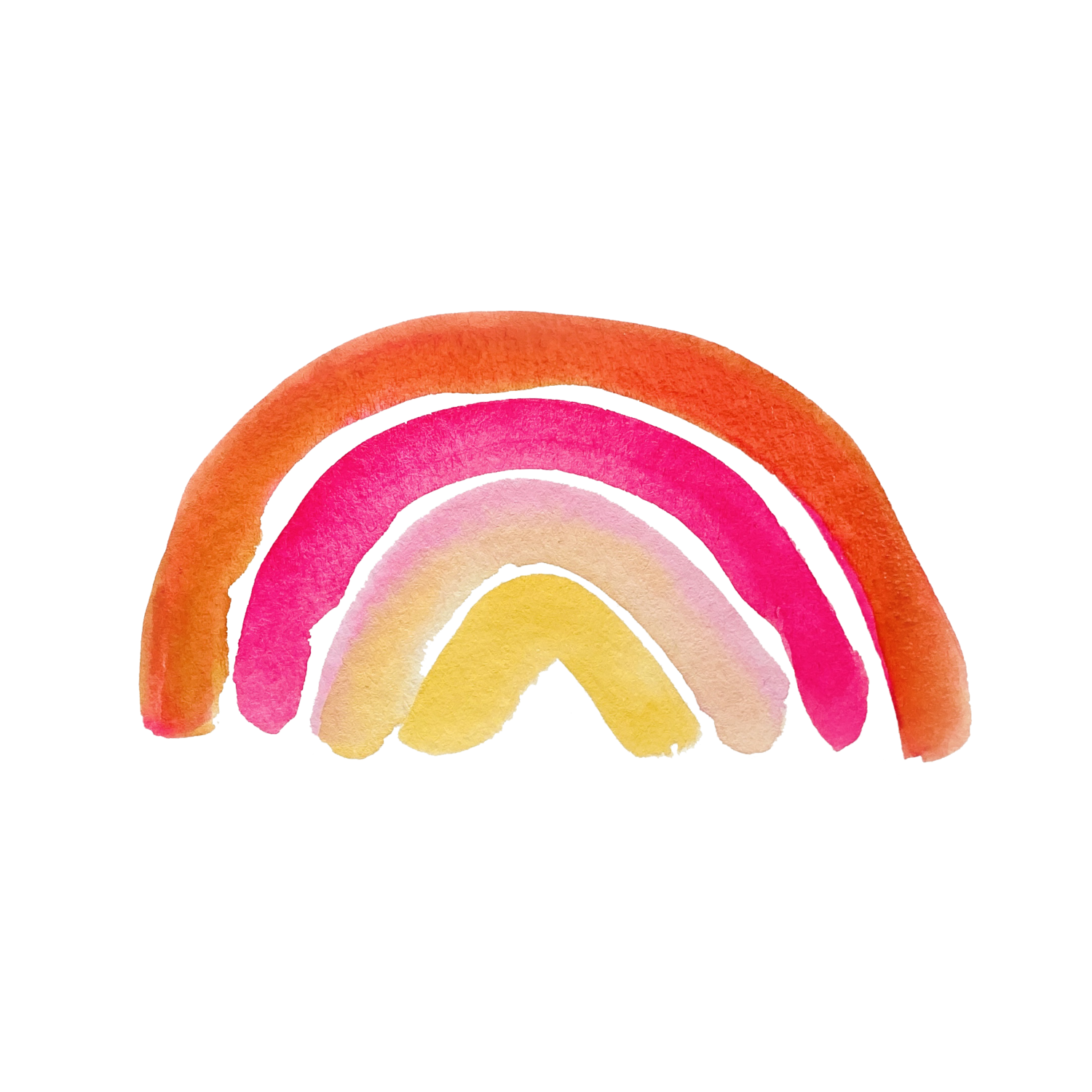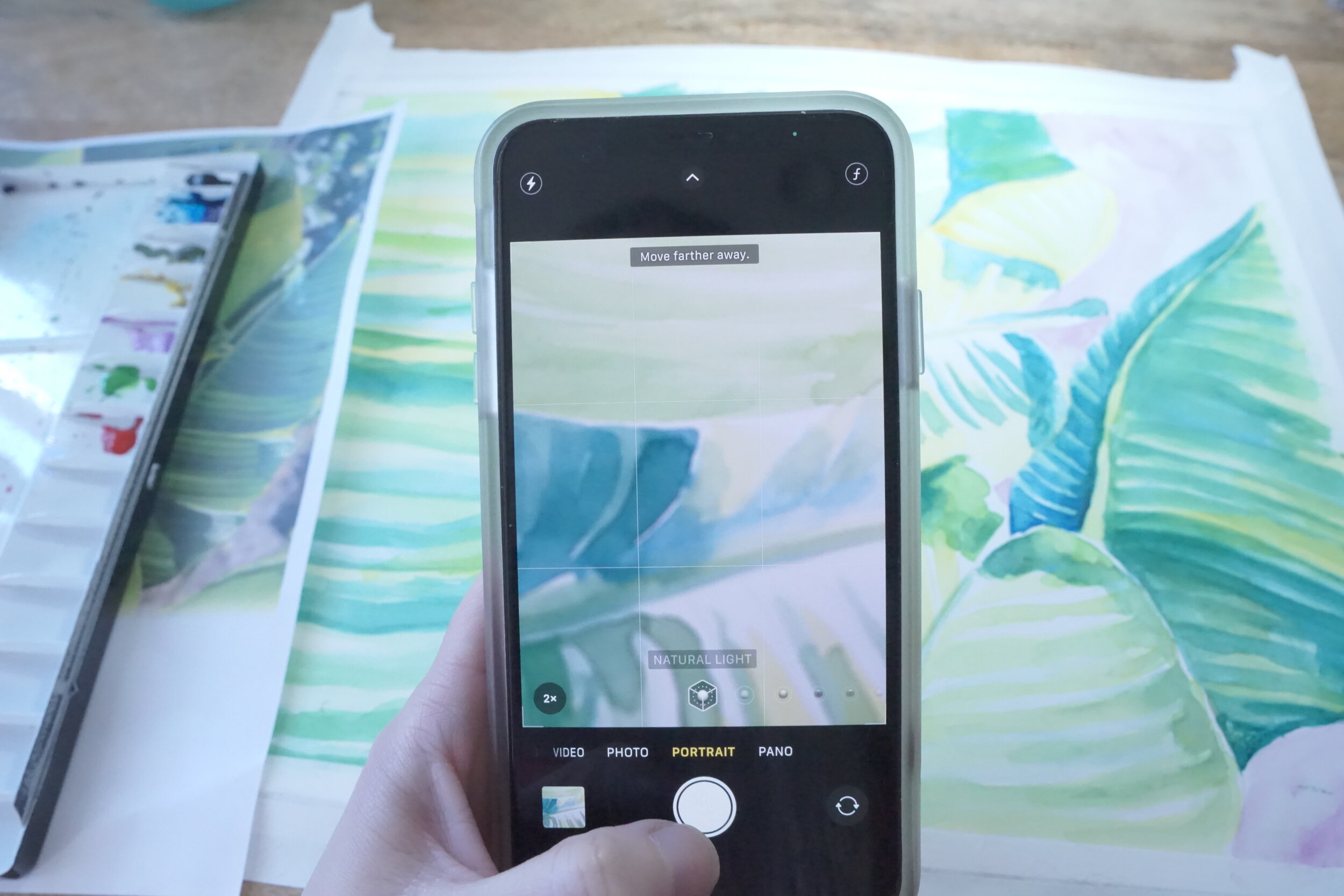How Social Media Changed Our Idea of Art
Not many people discuss the impact of social media on the way we value art. For the last two hundred years, we have experienced art in galleries or in people’s homes. People commissioned art when they wanted a beautiful painting of a family member, or landscape to hang with other paintings in their home. Whether we like it or not, the internet took away many barriers of entry for artists. Youtube made it easier for artists to learn a variety of mediums. Google made it simple to pull up that information and source it. Sites like DeviantArt, Myspace, Behance, which is a newer one, and Instagram and Facebook allowed users to create their own curated gallery. Although most people used this gallery for family photos, it allowed artists to build their gallery of images and create a following easily. Audiences back in the 17th century were difficult to acquire, and social media sites aimed to make it easier and fun. Finding the people who wanted to buy art was a difficult task. The artist had to be a well known or apprentice under a well known artist like Michelangelo in order to be found by public figures who had enough money to commission art.
When the internet happened, art was taken out of context. The JPEG forever changed how we experience art on a micro level. Suddenly we had moving images such as gifs. We had fan art created from movies. Even the types of art that were created expanded in category. The internet exploded with all of the content created for viewers, and just like with tv advertisements, our attention spans adapted to this influx of visual information. A study this year estimates that viewers attention span reduced to 8 seconds.
The internet took the painting out of the gallery room where it sat next to another master piece and placed it within the circulating hub of information. The JPEG elevated to the primary form of transportation for visual images. We sent them in emails. We saved them to our desktop as wallpapers and screensavers. We saved our family images in folders. Our idea of art expanded to the digital realm. Here are a few main ways the internet has changed how we view and value art today.
We no longer compare a painting to the one hanging next to it. Competition has changed & so has the game.
Social media changed the way we curate art. Now, artists do not have to compete for the viewers attention with the art hanging next theirs in a gallery. Instead, it digitally hangs online in spaces that don’t require competition. In some ways this is better, but in others it’s not. Now our art might also compete with video and articles. People curate their art on their own website where there is less competition for attention. In some ways, this provided less competition, and in others it has caused more competition. Now people need to grab the attention of a viewer long enough to get them to take action on their work. There is no gallery curator to explain their vision for the collection. An artwork has to stand alone. On Instagram, competition for attention is even more fierce. Instead of competing with the gallery of artists your work is hanging with, you have to compete with every artist on the platform. That might not be a good thing for artists starting out.
Social media platforms place standards for cropping (ideal formats) for example Instagram’s square-sized requirements restricting artists to the square dimensions of Instagram’s upload requirements changed the way artists prepared their work for display. This limits composition to only art that fits within a square or looks good being posted as a square image.
Not all art will look good displayed this way. In an ironic sense, social media is forcing all artists to confine their work to a square, which idealizes it. This means cropping beautiful pieces of artwork or breaking them up into triptych posts. Painting on a square canvas was one of the most challenging experiences I have ever had in creating art. Instinctually I wanted to center everything on the canvas. Even my sketchbook isn’t a square. Typically surface pattern designers use square art books because they have elements that repeat on fabric. Other than that, there is no reason artists should have to continually think about sharing their art in the confines of a square. Unfortunately, non artists who developed Instagram and Facebook have made this standard.
Now every artist who is on this platform has to think about how to prepare their work for being cropped to a square. It has also made some artists only work in square dimensions. Prior to today, square dimensions were not he preferred dimensions to create artwork in. In fact, centering subjects and making everything in a painting symmetrical goes against some of the cardinal rules of good composition. Instagram standardized the very dimensions artists avoid, “The downside of symmetrical balance is that it’s static and sometimes regarded as boring. Because half of the composition mirrors the other half, at least half of the composition will be rather predictable.” (reference)
We’ve made it really easy to steal other peoples art essentially making anyone a gallery thief.
Now you just right click on an image and save it to your desktop. The worst part is social media platforms also claim they have the rights to sell your work through third parties. Look very closely at their terms of service and how they allow for redistribution.
Our attention span reduced to 8 seconds.
Since digital media and the internet emerged our attention span reduced to 8 seconds. There is an influx of images to compete with in order to truly find your fans. This disturbing fact shows how the internet changed the way we consume information and art. Now if an artwork does not hold our attention long enough we have already made up our mind to swipe or double tap for a heart. We make judgements about art cropped to a square box, based on how much it stands out from the other square images around it on a finder page that was generated by a social media algorithm. That algorithm decides what is good enough for us to view. The algorithm is the real judge of what good art is and instead of the gallery owner barring you from entry, it is now the gatekeeper for artists between success and finding their audience.
Art now means “follow” or “unfollow”
Social media has reduced art to the point of follow or unfollow, good or bad, double tap or swipe away. We no longer view art for the experience of the art, we instead view it for emotional rise. We are creating judgements about art even faster than we used to. We forget that great art takes a long time to create. If an artist has not posted in a while, we think they may not be doing art anymore. Our sense of reality and how quick we are to judge art changed with social media. It’s almost like the artist is dating everyone now.
The internet has made anyone an artist.
Now anyone can be an artist and can find a following online. This isn’t a bad thing, but in some ways it devalues art in general. It desensitizes people to art being valuable. When a resource or an item is plentiful, it devalues. On social platforms there is an abundance of art competing for the attention of viewers. Now my inbox fills with other artists asking me to boost their posts, share their work on my IG account, or promote them. Art has become more of a status than a practice. Social media created a lot of opportunity for artists who may not have had a career in the 17th century. Artists in the 17 and 1800’s spent most of their lives studying to be master painters and craftsmen. Now if someone picks up a pen and draws a line, they can share that online. As long as their Instagram grid looks all the same style, they could build a following just from coining a style. It requires no education, not much thought, and not much effort. On a positive note, the internet has made the accessibility of having a career in art easier.
Is there still demand for art? We might end up with a generation of artists who only create square artwork.



